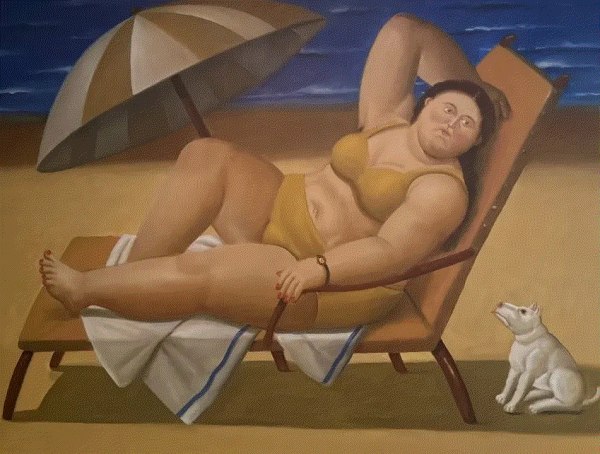Charles Ephraim Burchfield
It seems at times I should be a composer of sounds, not only of rhythms and colors. Walking under the trees, I felt as if the color made sound.
– Charles Ephraim Burchfield
Charles Ephraim Burchfield was one of America’s most innovative and imaginative landscape artists. His dry-brush watercolor paintings inspired Life magazine to name him one of America’s top ten painters.
He was born on April 9, 1893 in Ashtabula, Ohio, the second youngest of six siblings. His mother was a teacher, his father a tailor, who died when Burchfield was five. The family moved to a house in Salem, Ohio. Burchfield live and worked in that house until he was 28 years old. The house is now the Burchfield Homestead Museum, where Burchfield’s paintings and family photos are on display.
Burchfield graduated from Salem High School as valedictorian of his class, which earned him a $120 scholarship. He used the money to enroll in the Cleveland Institute of Art, from which he graduated in 1916. His was greatly influenced at the Institute by watercolorist Henry Keller.
He won a scholarship to the National Academy of Design in New York, but dropped out after just one day. He spent a few weeks in the city, where he discovered The Sunrise Turn Bookshop. The shop was a gathering spot for F. Scott Fitzgerald, Robert Frost and other notables and was one of the first female-owned and operated bookshops. The owners gave Burchfield his first solo exhibit and showed his works for several years.
Burchfield return home and continued to paint his home and surroundings in Salem, taking a short time out to enlist in the US Army, where he was assigned to teach camouflage painting at Camp Jackson, South Carolina.
In 1922, Burchfield married Bertha Kenreich. The couple had five children They lived in Buffalo, New York, where Burchfield worked as a designer for M.H. Birge & Sons Company, a prominent wallpaper business.
Edward Hopper was so impressed by Burchfield’s work that he wrote an essay about the paintings for the July 1928 issue of Arts Magazine. "The work of Charles Burchfield is most decidedly founded,” Hopper wrote, “not on art, but on life, and the life that he knows and loves best” Not long after Hopper’s article was published, Burchfield joined the Frank K. M. Rehn Galleries in New York, which also represented Hopper. Rehn represented Bruchfield for the rest of his life.
Burchfield’s paintings gained wide recognition in 1930 when he became the first artist to be given a solo exhibition at the newly established Museum of Modern Art in New York. In 1936 Life magazine featured his works in an article called Burchfield’s America, which placed him in the top ten of greatest living American painters.
Burchfield continued to paint until his death, from a heat attack, on January 10, 1967, in West Seneca, New York.
The works of Charles Ephraim Burchfield are in the permanent collection of The Smithsonian, The Met, MoMA, The Phillips Collection, the Cleveland Museum, the Carnegie Museum and many other major museums around the US. The Charles Burchfield Center at Buffalo State College was dedicated in his honor in 1966. The Charles E. Burchfield Nature & Art Center in West Seneca, New York was dedicated to the artist in 1999. The Burchfield Home in Salem, Ohio, where many of his early works were created, is on America's National Register of Historic Places.
Send me more information on Charles Ephraim Burchfield
-

Alex Katz: Painting Energy
July 9, 2025To see things in the present time period, you have to break through, and that’s what I’ve been trying to do. – Alex Katz Alex...Read more -

Works by Fernando Botero at Surovek Gallery
Paper and Light: Masterworks on Paper November 1, 2024My popularity has to do with the divorce between modern art, where everything is obscure, and the viewer who often feels he needs a professor...Read more


